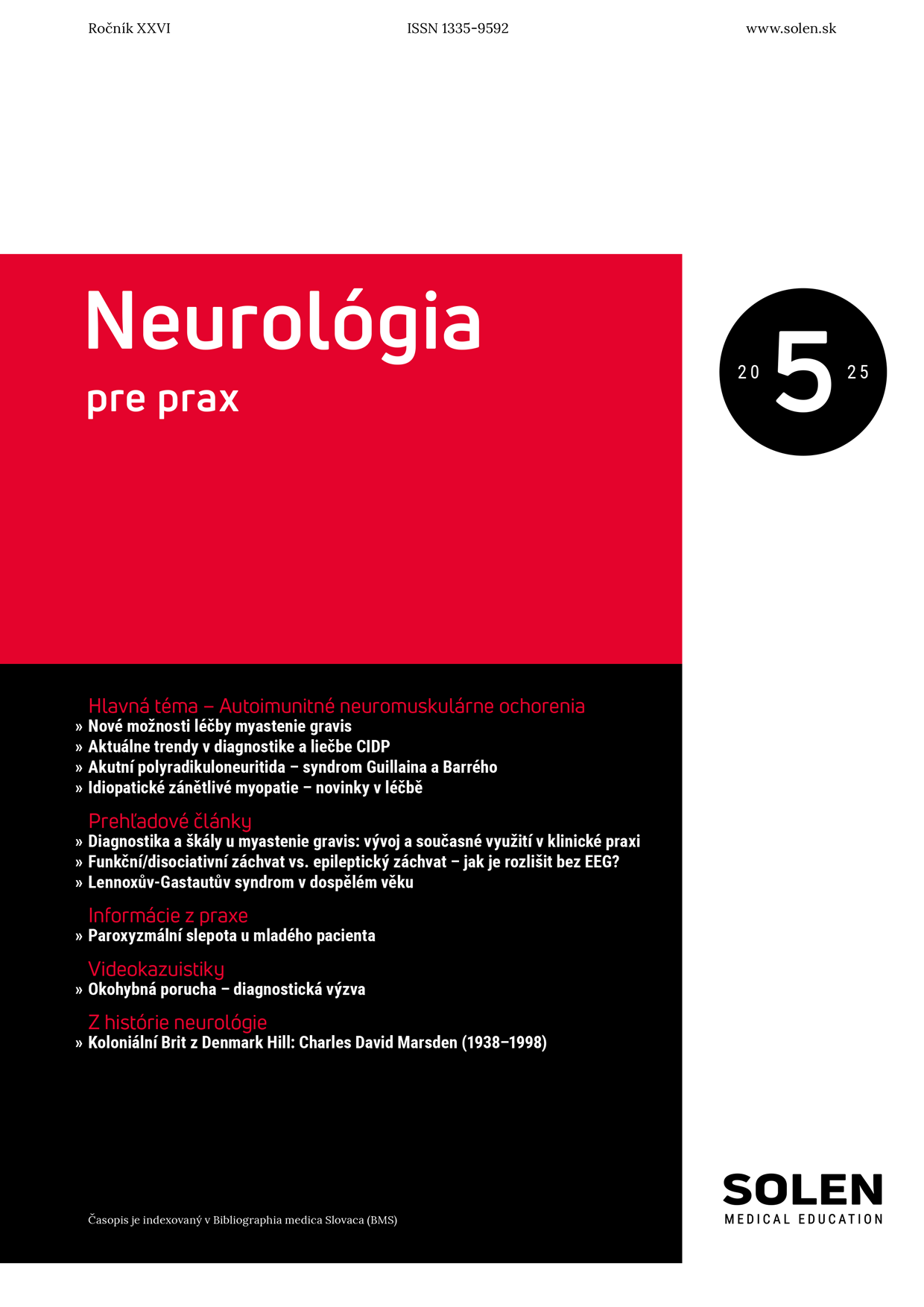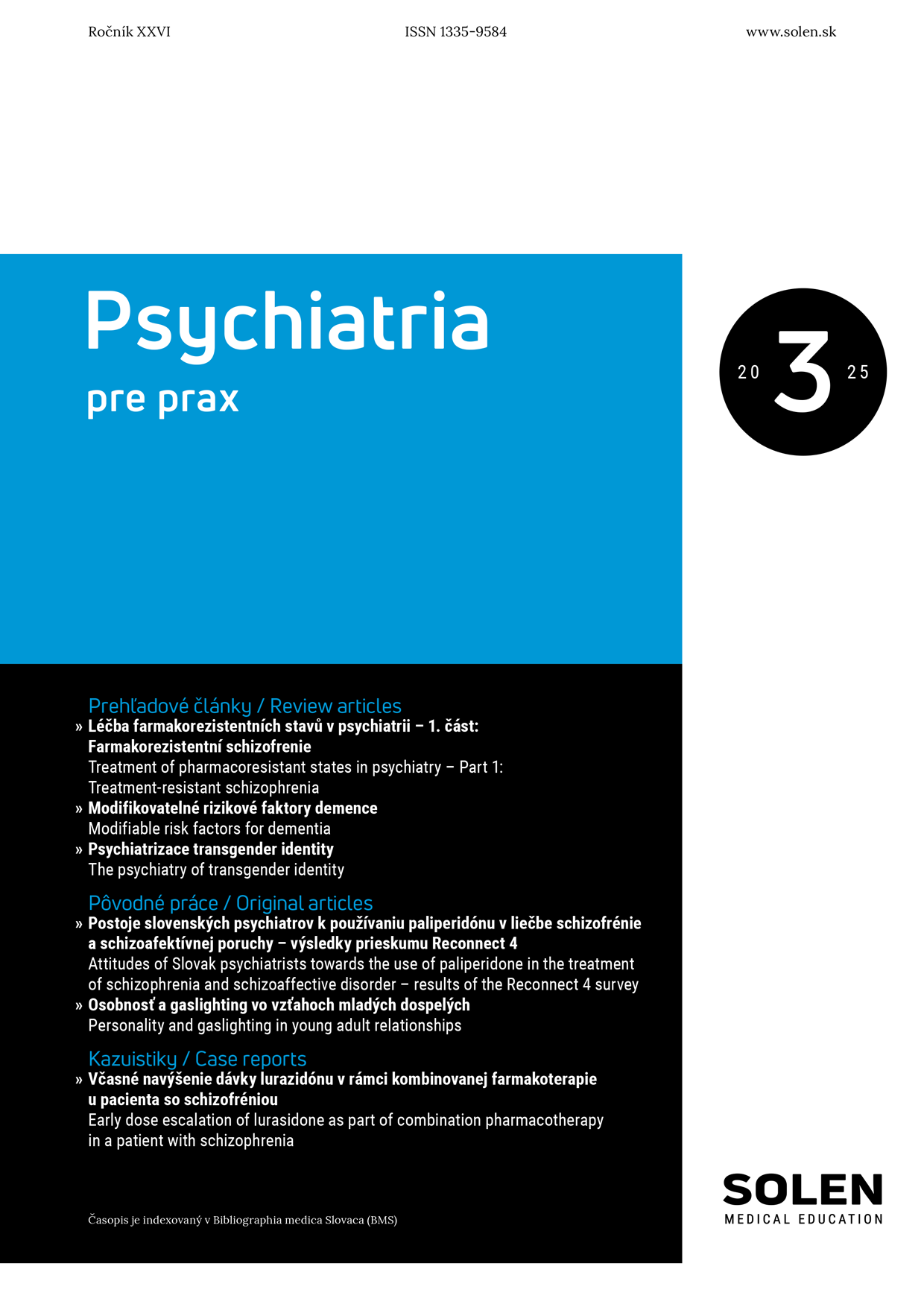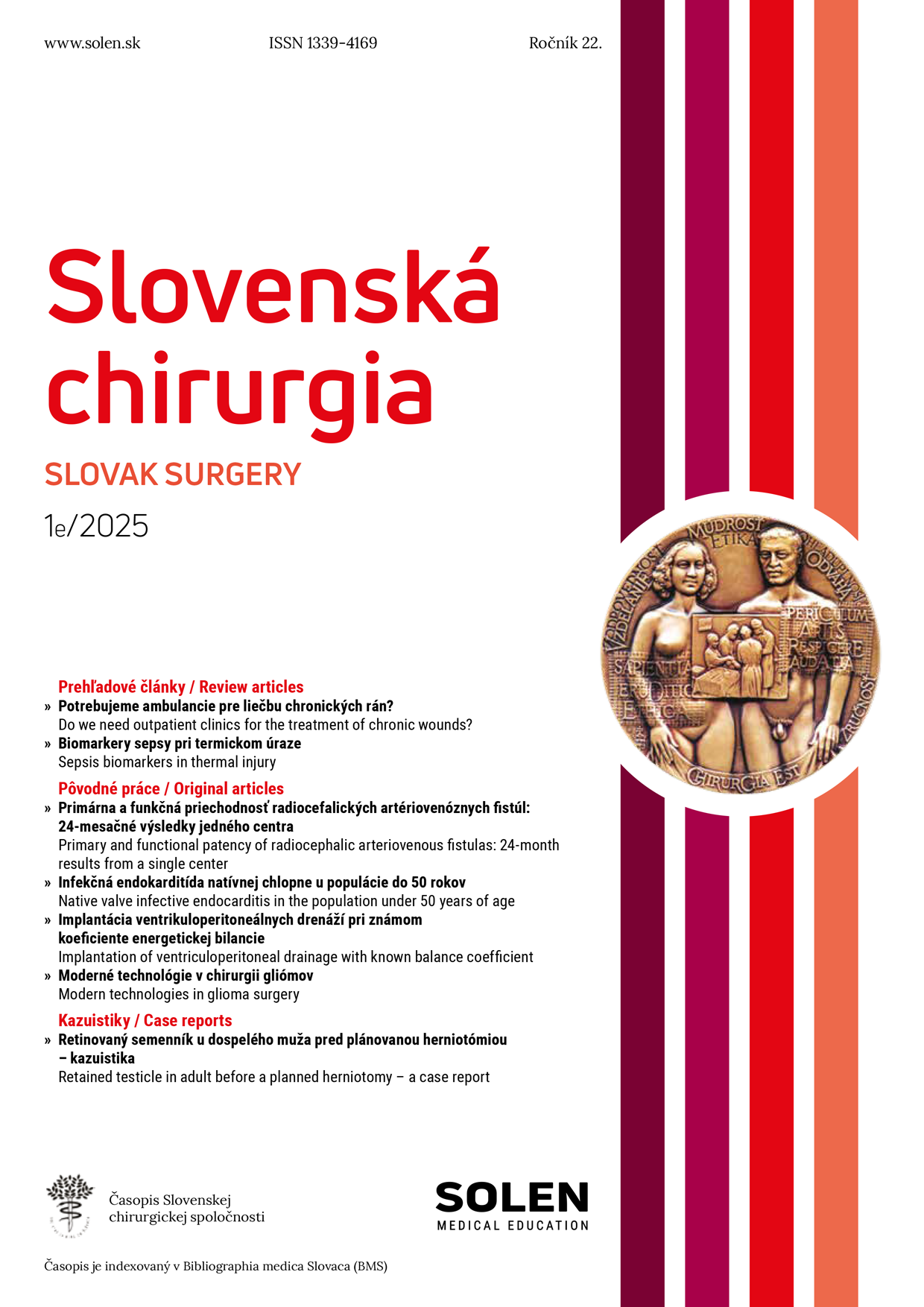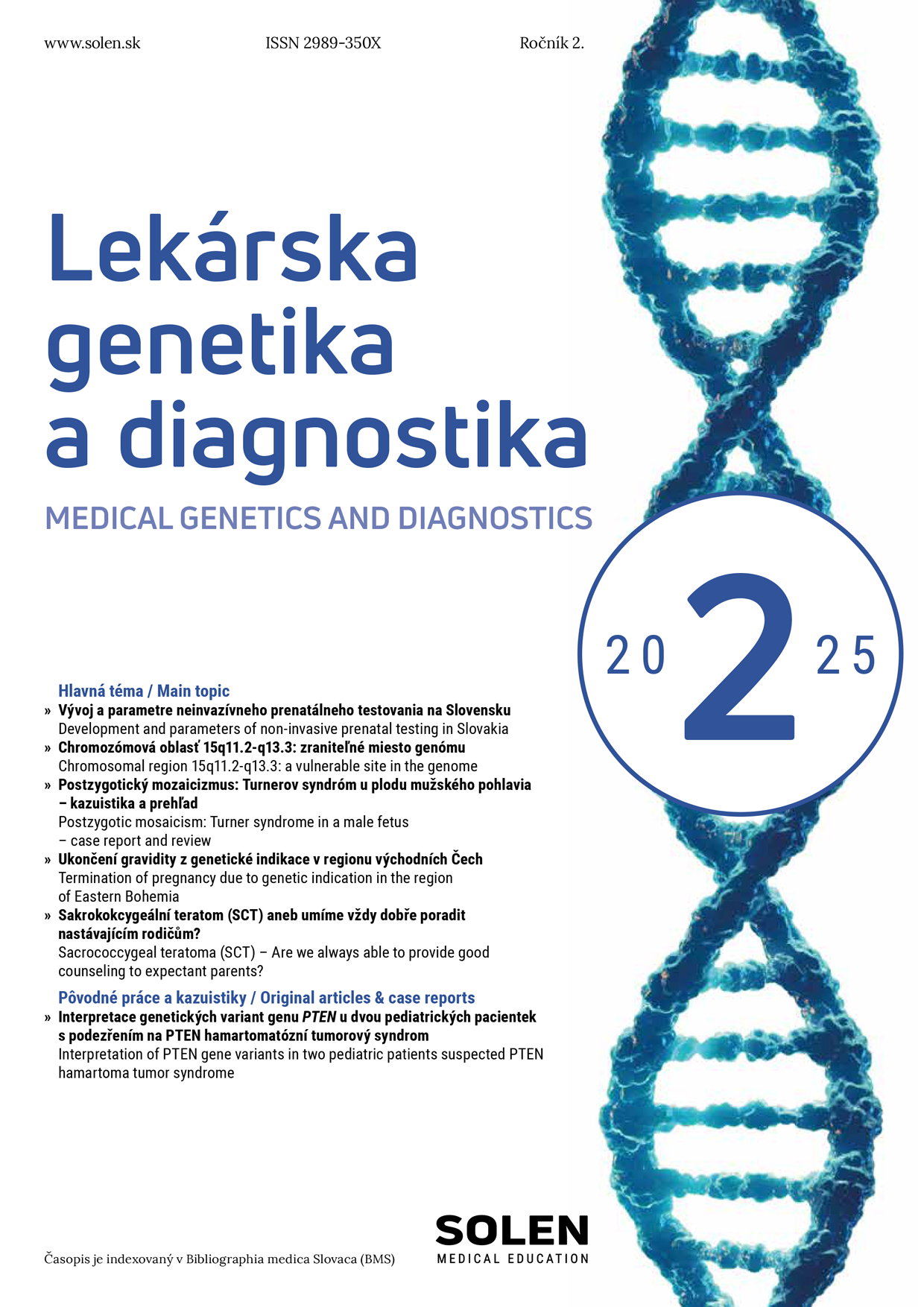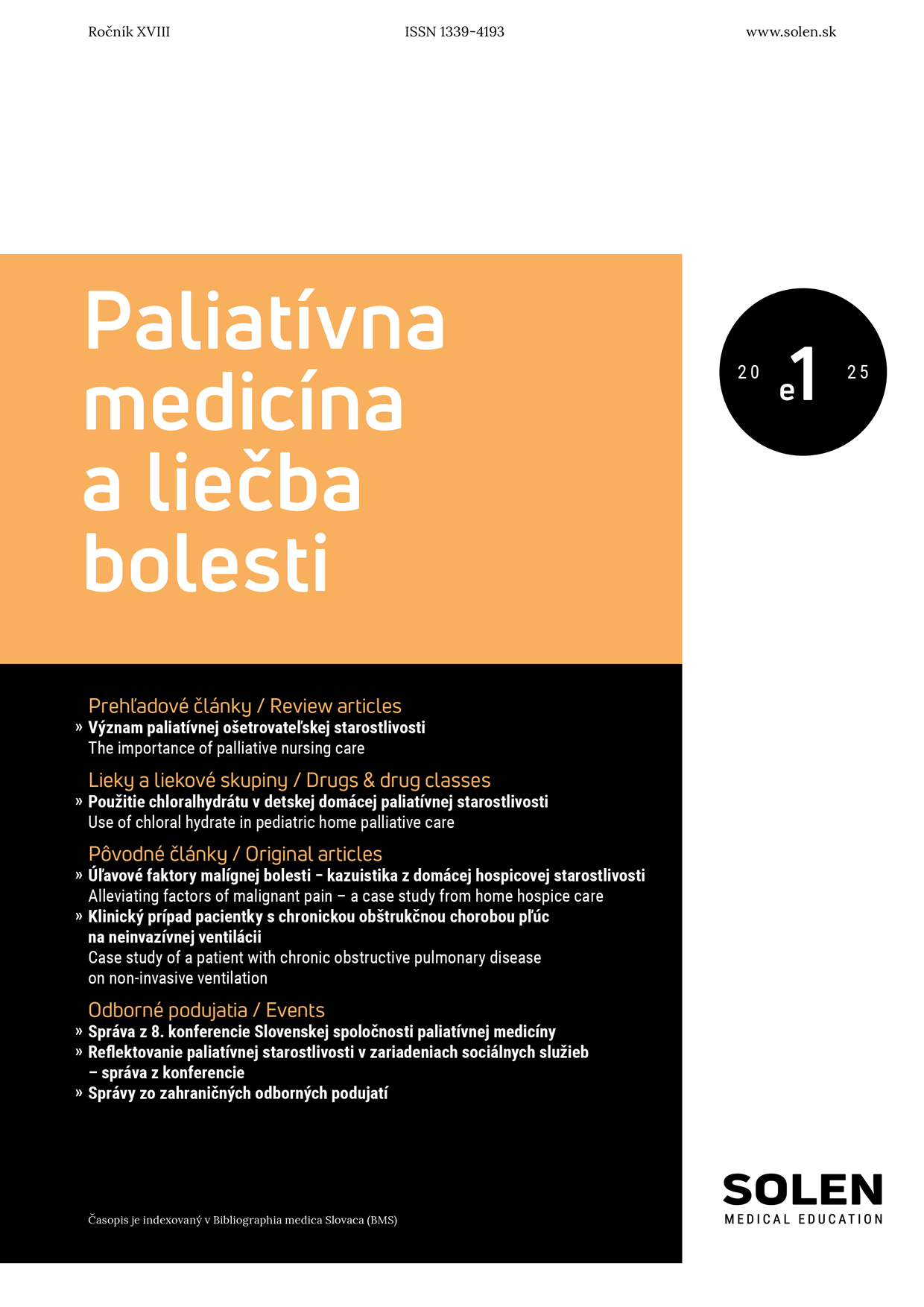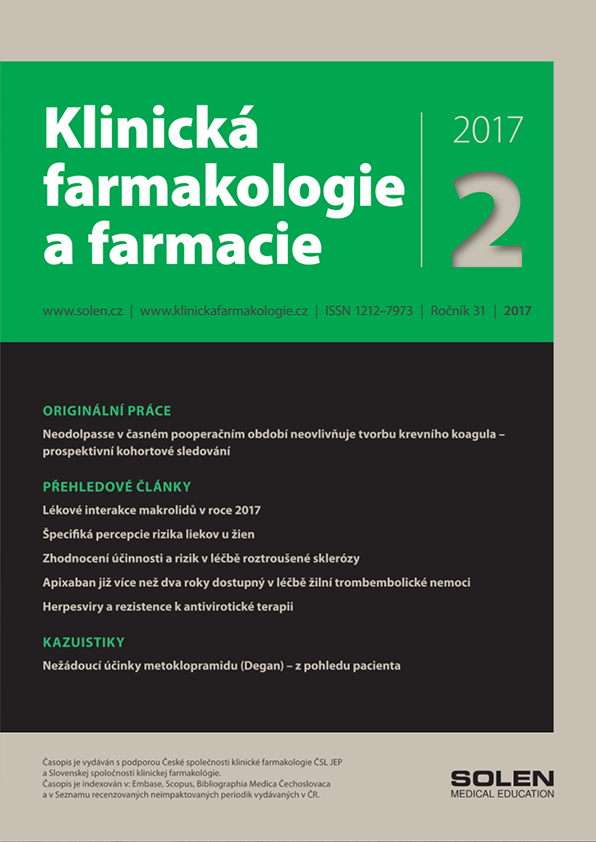Praktické lekárnictvo 2/2024
Biological activities of vitamin D
Vitamin D has long been known for its role in calcium homeostasis for optimal skeletal health. The discovery of vitamin D and its role in preventing rickets is attributed to Elmer McCollum, a nutritional biologist at Johns Hopkins, and John Howland, a pediatrician. Vitamin D represents a group of lipophilic secosteroids responsible for the increased absorption of calcium, magnesium and phosphates in the intestines and the subsequent mineralization of bone, and for many other extra-skeletal effects. Recent data include xenobiotic detoxification, oxidative stress reduction, neuroprotective functions, antimicrobial effects, immunoregulation, anti-inflammatory/anticancer, metabolic and cardiovascular effects. In humans, the most important compounds in this group are vitamin D3 (cholecalciferol) and vitamin D2 (ergocalciferol). The main natural source of the vitamin is the synthesis of cholecalciferol in the lower layers of the skin initiated by a photochemical reaction under the action of ultraviolet B radiation. Cholecalciferol and ergocalciferol can be taken in the diet and in the form of food supplements. Vitamin D from the diet or from synthesis in the skin is biologically inactive. It is activated by two steps of hydroxylation of protein enzymes, the first in the liver and the second in the kidneys, where parathyroid hormone is the main stimulator of synthesis. The two main degradation pathways are the lactone pathway and the oxidative pathway. The final products of vitamin D degradation are mainly excreted in the bile and thus also in the feces.
Keywords: vitamin D, metabolism, extra‑skeletal effects, clinical applications and trials





